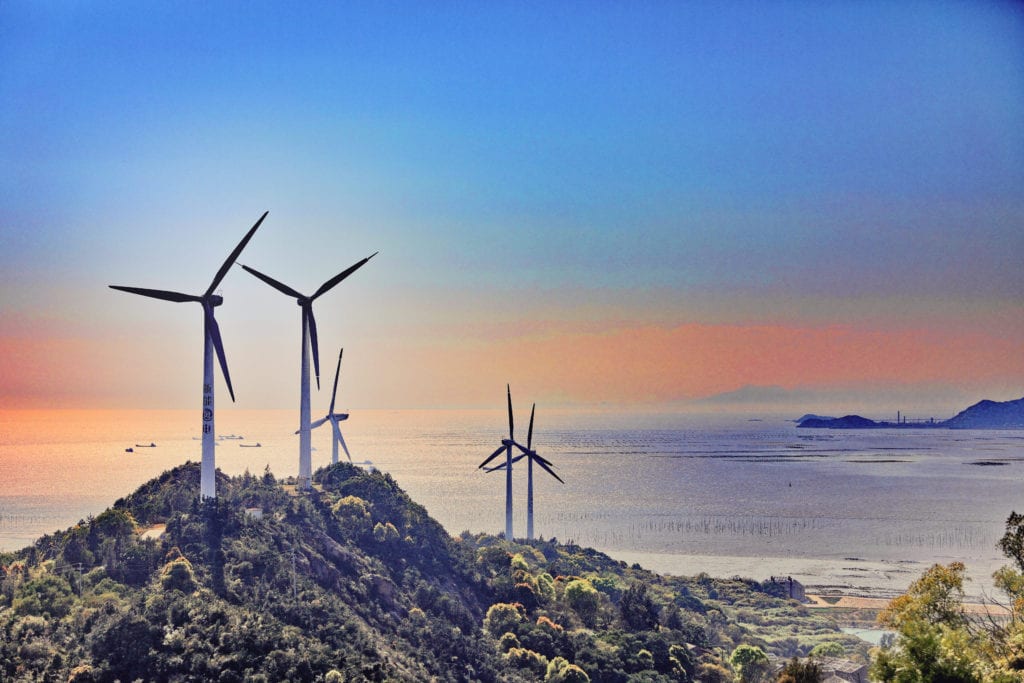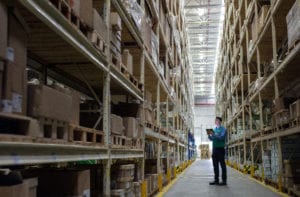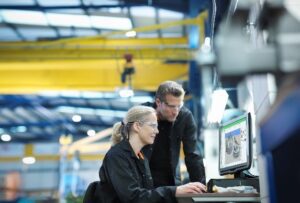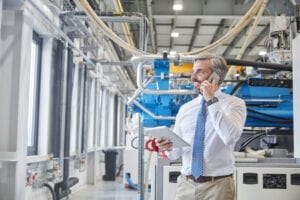 Recently Schneider Electric was ranked as the Most Sustainable Corporation in the World by media and research company Corporate Knights.
Recently Schneider Electric was ranked as the Most Sustainable Corporation in the World by media and research company Corporate Knights.
If you work in Industry you might be wondering how you can reach your own sustainability goals. At Schneider Electric we’re passionate about helping other companies achieve their profitability and sustainability targets through energy management and automation.
In my view there are three essential things to consider:
- Energy consumption
- Sustainability
- Productivity & profitability
In the past these three elements were incompatible – an either/or situation. It was enough for a business to be profitable. These days productivity can’t be separated from energy efficiency and sustainability. Industry has shifted to eco-efficiency. To attract investment, talent, and customers, you must show real commitment to climate change action and sustainability as well as profitability. Without this it will become harder to remain competitive. And finally, embracing sustainability and energy efficiency must and does ultimately lead to higher productivity and profitability.
Eco-efficiency starts with measurement
Our sustainability achievements didn’t happen by accident. Over the last 15 years we’ve set specific targets and goals every 3-5 years. And we measured our results. The right level of measurement and visibility is key. The only way industrial businesses can do energy efficiency, profitability, and sustainability effectively or better than everyone else is by acting on insights from process and business system data in real time. It’s essential to see each of these three things as a production variable which can be measured and eventually managed in real time using the latest in IIoT technology.
Productivity has been measured since industrialization began, but we’ve only been able to embrace energy efficiency and sustainability as a production variable since the 4th industrial revolution. Taking good sustainability measures in real time then looking at them to give you a complete picture of your overall productivity and profitability will make a real difference to your sustainability journey.
Challenges measuring sustainability, energy efficiency, and profitability
I know what you’re thinking. That’s a great idea, but what if all the data you need get a clear picture of these three things come from different systems? This is indeed a common challenge. Many industrial businesses find the data they need is not readily available to them. In some cases, it’s not possible to access all the data used by automation systems. In other cases, the right data is not connected to any of the plant’s automation systems. It can also be hard to access data from business systems in the IT Layer.
For example, depending on the business, measuring sustainability may involve tracking and evaluating the carbon footprint of energy sources, raw materials and parts across entire plants and their supply chains. This information could all come from many different departments or suppliers. So, while all these data sources are part of the same picture, it can be difficult to find them and then fit them all into the same picture frame. But as we make progress with integrated IIoT solutions like EcoStruxure Plant Advisor, this shouldn’t be a hindrance for much longer.
IIoT solutions that help you gain more visibility with data
EcoStruxure Plant Advisor is our all-in-one IIoT platform. EcoStruxure Plant Data Expert is one of its four core modules and it solves this very problem by integrating the data from various sources and business systems, into one place, in one common format. It makes it easy to add low cost wireless sensors if you can’t access all the process data required for all those elements of the picture. It also comes with templates, so non-IT experts can easily access the data they need from business systems. Coupled with EcoStruxure Plant Advisor – Apps Builder, the user (or software developer) can then quickly build custom industrial IoT business applications to analyze that data and get complete the full picture of how well the plant is running.
Let’s take energy efficiency as an example. The first step is monitoring energy consumption at the asset level in real time. Energy efficiency though is about much more than just reducing consumption. Once we’ve isolated it as a production variable, we can automatically manage energy within processes and across the entire plant. How you choose to do this depends on business needs.
For example, you might schedule production on a particular time of the day, depending on the price or sustainability profile of the energy you’re using. We can even help you take it to the ultimate level by becoming a both a producer and consumer of energy and strategically deciding when to sell it to or buy it from the grid. But how do these actions contribute to the overall goals you’ve set? At the end of the day we need to make sense of them as a whole from the combined view of productivity, profitability and sustainability. And this is what IIoT solutions like EcoStruxure Plant Advisor allow you to do.
A few years ago our Chairman and CEO Jean-Pascal Tricoire said “…when it comes to the climate, I’m neither an optimist nor a pessimist.: I’m an activist.” Perhaps we all need to be activists – practical activists. We have the technology solutions to help Industry become energy efficient, sustainable, and profitable, now. Are you ready to get started?
To learn more click here!



